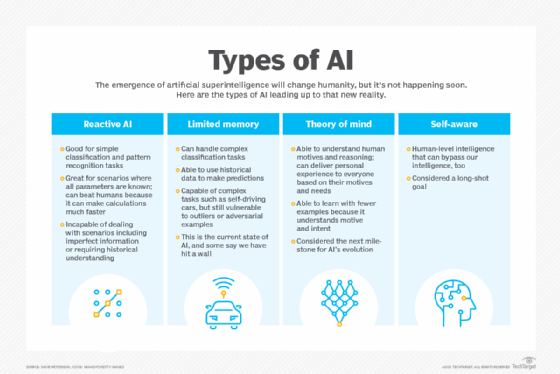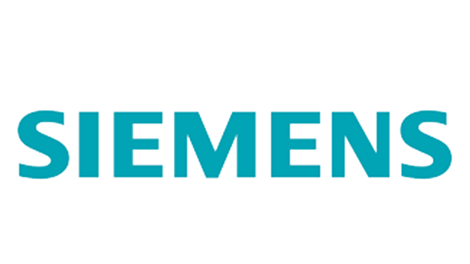Siemens – Siemens is Germany’s patent champion

- Siemens ranks as No. 1 German company, and No. 6 overall, in European Patent Office’s patent rankings
- Twenty-one inventions per working day in fiscal 2022
- Number of patent applications from Siemens remains steady despite external challenges
- Growth areas contribute to Siemens Xcelerator and provide solutions for digital transformation
Siemens filed precisely 1,735 patent applications with the European Patent Office in 2022 – more than any other company in Germany. This figure puts Siemens in sixth place in the patent-application rankings. The inventors who work at Siemens lay the foundation for progress and generate long-term benefits for customers and society.
“We’re not slackening on innovations, despite external challenges such as the pandemic, the war in Ukraine and inflation. These results underscore Siemens’ innovation capabilities and our focus on the entire range of industrial applications as well as patent quality,” said Dr. Peter Körte, Chief Technology Officer and Chief Strategy Officer of Siemens AG.
The growth areas for Siemens AG’s patent portfolio are data security; machine learning and artificial intelligence; modelling and simulation; transportation in smart cities; additive manufacturing; and blockchain. All these technologies provide digital-transformation solutions that are offered in the open, digital business platform Siemens Xcelerator. At the same time, they show where the major levers of digital transformation lie that can be used to achieve the urgently needed steps toward greater sustainability.
Siemens among strongest patent applicants worldwide
Ideas lead to innovations that create competitive advantages. Unless these ideas and innovations enjoy solid protection, this advantage is quickly lost. For this reason, Siemens’ intellectual property activities focus on strengthening its competitiveness. The company holds a large number of granted patents worldwide and thus ranks highly in other international statistics as well.
The company’s founder, Werner von Siemens, once said, “I believe that one of the main reasons our factories have thrived is that our products are largely based on our own inventions.”
In fiscal 2022, Siemens filed 2,650 patents worldwide. During the same period, the company reported 4,650 inventions, which amounts to 21 inventions per working day. In total, Siemens holds more than 46,700 granted patents worldwide.
In fiscal 2022, Siemens spent about €5.6 billion on research and development (R&D), with some 46,900 people working in R&D at the company.
Source
SIEMENS
EMR Analysis
More information on Siemens: See the full profile on EMR Executive Services
More information on Dr. Roland Busch (President and CEO, Siemens AG): See the full profile on EMR Executive Services
More information on Peter Körte (Chief Technology Officer, Siemens AG): See the full profile on EMR Executive Services
More information on Siemens Digital Industries (DI): See the full profile on EMR Executive Services + https://new.siemens.com/global/en/company/about/businesses/digital-industries.html + Siemens DI is an innovation leader in automation and digitalization. Closely collaborating with partners and customers, DI drives the digital transformation in the process and discrete industries. With its Digital Enterprise portfolio, DI provides companies of all sizes with an end-to-end set of products, solutions and services to integrate and digitalize the entire value chain. Optimized for the specific needs of each industry, DI’s unique portfolio supports customers to achieve greater productivity and flexibility. DI is constantly adding innovations to its portfolio to integrate cutting-edge future technologies. Siemens Digital Industries has its global headquarters in Nuremberg, Germany, and has around 72,000 employees internationally.
More information on Cedrik Neike (Member of the Managing Board and CEO of Siemens Digital Industries, Siemens AG): See the full profile on EMR Executive Services
More information on Siemens Xcelerator: https://www.sw.siemens.com/en-US/digital-transformation/ + Xcelerator provides the engineering and manufacturing software, services and application development platform to blur the boundaries between industry domains. Companies can use this technology today to build the products of tomorrow. Turn complexity into your competitive advantage with Xcelerator.
Siemens Xcelerator consists of three pillars:
- Portfolio: A curated, modular portfolio of IOT-enabled hardware and software based on standard application programming interfaces, facilitating the integration of information technology (IT) and operational technology (OT).
- Ecosystem: A growing ecosystem of partners.
- Marketplace: Interactions and transactions among customers, partners and developers.
More information on European Patent: https://www.epo.org/ + The European Patent Organisation is an intergovernmental organisation that was set up on 7 October 1977 on the basis of the European Patent Convention (EPC) signed in Munich in 1973. It has two bodies, the European Patent Office and the Administrative Council, which supervises the Office’s activities. We offer inventors a uniform application procedure which enables them to seek patent protection in up to 40 European countries. Supervised by the Administrative Council, the Office is the executive arm of the European Patent Organisation. As the Patent Office for Europe, we support innovation, competitiveness and economic growth across Europe through a commitment to high quality and efficient services delivered under the European Patent Convention.
EMR Additional Notes:
- AI – Artificial Intelligence: https://searchenterpriseai.techtarget.com/definition/AI-Artificial-Intelligence +
- Artificial intelligence is the simulation of human intelligence processes by machines, especially computer systems. Specific applications of AI include expert systems, natural language processing, speech recognition and machine vision.
- As the hype around AI has accelerated, vendors have been scrambling to promote how their products and services use AI. Often what they refer to as AI is simply one component of AI, such as machine learning. AI requires a foundation of specialized hardware and software for writing and training machine learning algorithms. No one programming language is synonymous with AI, but a few, including Python, R and Java, are popular.
- In general, AI systems work by ingesting large amounts of labeled training data, analyzing the data for correlations and patterns, and using these patterns to make predictions about future states. In this way, a chatbot that is fed examples of text chats can learn to produce lifelike exchanges with people, or an image recognition tool can learn to identify and describe objects in images by reviewing millions of examples.
- AI programming focuses on three cognitive skills: learning, reasoning and self-correction.
- What are the 4 types of artificial intelligence?
- Type 1: Reactive machines. These AI systems have no memory and are task specific. An example is Deep Blue, the IBM chess program that beat Garry Kasparov in the 1990s. Deep Blue can identify pieces on the chessboard and make predictions, but because it has no memory, it cannot use past experiences to inform future ones.
- Type 2: Limited memory. These AI systems have memory, so they can use past experiences to inform future decisions. Some of the decision-making functions in self-driving cars are designed this way.
- Type 3: Theory of mind. Theory of mind is a psychology term. When applied to AI, it means that the system would have the social intelligence to understand emotions. This type of AI will be able to infer human intentions and predict behavior, a necessary skill for AI systems to become integral members of human teams.
- Type 4: Self-awareness. In this category, AI systems have a sense of self, which gives them consciousness. Machines with self-awareness understand their own current state. This type of AI does not yet exist.

- Additive Manufacturing:
- Additive manufacturing is the process of creating an object by building it one layer at a time. It is the opposite of subtractive manufacturing, in which an object is created by cutting away at a solid block of material until the final product is complete.
- Operators across a variety of different manufacturing industries utilize additive manufacturing in various ways. For instance: Medical device manufacturers use 3D printing to develop high variance products such as dental implants.
- The term “additive manufacturing” refers to the creation of objects by “adding” material. Therefore, 3D printing is a form of additive manufacturing. When an object is created by adding material — as opposed to removing material — it’s considered additive manufacturing.
- Blockchain:
- A blockchain is a decentralized, distributed and public digital ledger that is used to record transactions across many computers so that the record cannot be altered retroactively without the alteration of all subsequent blocks and the consensus of the network.
- The purpose of the blockchain is to share information amongst all parties that access it via an application. Access to this ledger in terms of reading and writing may be unrestricted (‘permissionless’), or restricted (‘permissioned’).
- Blockchain is the technology that enables the existence of cryptocurrency (among other things). Bitcoin is the name of the best-known cryptocurrency, the one for which blockchain technology, as we currently know it, was created.

